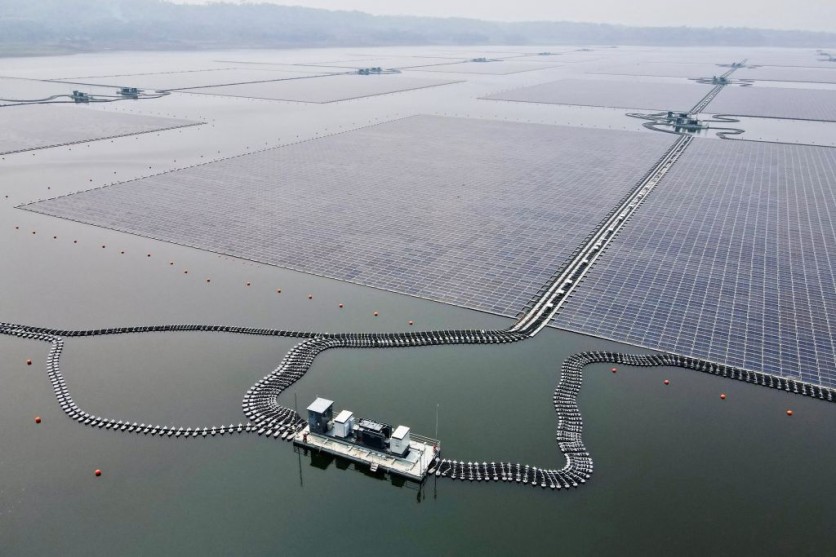Indonesian President Joko Widodo marked a historic moment on Wednesday, Nov. 8, with Southeast Asia's largest floating solar plant officially opening in the Cirata Reservoir, West Java Province, Interesting Engineering reports.
Covering an expansive 250 hectares, the project, a collaboration between China's PowerChina Huadong Engineering Corporation, Indonesia's state electricity corporation PLN, and the UAE's Masdar, is a testament to Indonesia's commitment to transitioning towards sustainable energy sources.

Massive Solar Plant to Power 50,000 Indonesian Homes
Widodo, speaking at the inauguration ceremony, expressed his enthusiasm, stating, "Today is a historical day because our big dream of building a large-scale renewable energy plant is finally achieved."
Nikkei Asia reports that the $145 million investment has materialized into a sprawling array of over 340,000 solar panels, generating a substantial 192 MW of electricity annually. This capacity is expected to power 50,000 homes, significantly contributing to Indonesia's renewable energy goals.
The Cirata floating solar panel project faced delays before construction commenced in December 2020. However, its completion aligns strategically with the upcoming 28th Conference of the Parties (COP28) climate meetings in the United Arab Emirates later this month. President Widodo is anticipated to attend these meetings, emphasizing Indonesia's dedication to combating climate change.
With over 80 GW of total power generation capacity, government data tells us that Indonesia currently relies on renewable energy sources for only 15% of its electricity. However, the government aims to increase this figure to 23% by 2025, aligning with global efforts to combat climate change.
Most of Indonesia's electricity is currently coal-generated, making the Cirata plant a crucial step in reducing carbon emissions by an estimated 214,000 tonnes annually.
What's Next?
Reuters reports that PLN and Masdar are already discussing plans to expand the facility, potentially increasing its power generation capacity to an impressive 500 MW.
Despite occupying just 4% of the dam's reservoir surface, the plant's efficiency is underscored by Indonesia's claim that solar panels can cover up to 20% of the surface of a lake or dam.
The Cirata plant's inauguration closely follows Indonesia's completion of the first draft of its comprehensive investment and policy plan under the Just Energy Transition Partnership (JETP)
With hopes high for the acceleration of renewable energy projects, the plan aims to utilize $20 billion in financing promised by developed countries to support Indonesia's clean energy shift. As of now, none of the committed funds have been released.
PLN CEO Darmawan Prasodjo expressed optimism about the future, stating, "We have designed the ecosystem that is conducive for investment and collaboration. In that regard, we will move forward with collaboration on technology innovation, investment [and] operation, and I'm very proud of PLN's collaboration with Masdar."
Stay posted here at Tech Times.
Related Article : Oneka Technologies Unveils Wave-Powered Desalination Machine: A Solution to Increasing Global Water Scarcity?

ⓒ 2025 TECHTIMES.com All rights reserved. Do not reproduce without permission.




